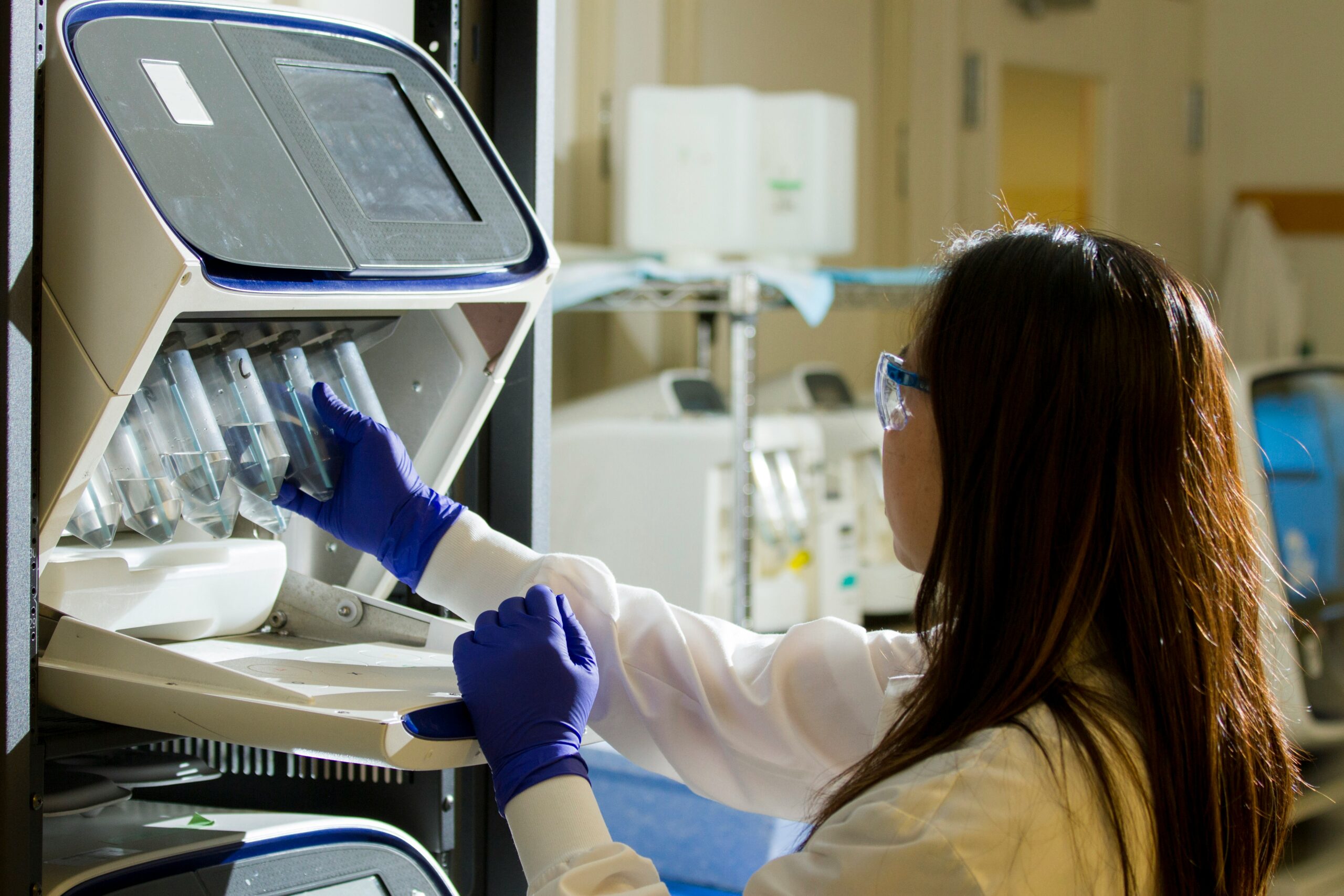
Cutting-edge medical technology devices are transforming the healthcare landscape, offering faster diagnoses, personalized treatments, and improved patient outcomes. As innovation accelerates, these tools are not only reshaping clinical workflows but also empowering physicians to make more precise decisions. Moreover, they are enhancing patient experiences by streamlining procedures and reducing recovery times. With continuous advancements, the future of medicine is becoming more efficient, accurate, and patient-centered.
Robotics and Automation in Modern Healthcare
Robotic-assisted systems are becoming essential in operating rooms across the country, enabling surgeons to work with unmatched precision. In addition, these devices reduce physical strain on medical professionals while minimizing the risk of human error. For patients, robotic surgery often means smaller incisions, less postoperative pain, and quicker recoveries. As these technologies continue evolving, their applications are expanding beyond surgery into rehabilitation, diagnostics, and hospital logistics.
Furthermore, automation is reshaping routine processes like medication dispensing, sterilization, and patient monitoring. By automating repetitive tasks, hospitals can redirect medical technologists toward more critical responsibilities, improving overall efficiency. Similarly, innovative robotic platforms are supporting overburdened healthcare facilities, helping manage high patient volumes and reducing clinicians’ burnout. As a result, robotics and automation are strengthening the healthcare system from multiple angles.
Wearable Health Technology and Remote Monitoring
Wearable devices are rapidly changing patient engagement and chronic condition management. These tools, which track metrics such as heart rate, blood oxygen levels, and glucose readings, offer real-time data that supports more accurate medical technology assessments. Additionally, remote monitoring allows physicians to detect early warning signs before conditions worsen, ultimately preventing costly emergency interventions. With patients increasingly using smartwatches and biosensors, healthcare is shifting toward a more proactive, continuous care model.
Likewise, remote patient monitoring is helping bridge care gaps for individuals living in rural or underserved areas. Instead of traveling long distances for routine checkups, patients can share key health data with their doctors from home. This approach not only increases convenience but also reduces hospital readmissions and unnecessary clinical visits. As connectivity improves and wearable devices become more sophisticated, remote care is poised to become an integral part of modern medicine.
AI-Powered Diagnostic Tools
Artificial intelligence has become a driving force in medical diagnostics, helping clinicians interpret complex medical technology images with remarkable accuracy. For example, AI algorithms can detect abnormalities in X-rays, MRIs, and CT scans earlier than traditional methods, enabling faster treatment decisions. Moreover, these tools assist radiologists by reducing the time needed to analyze large volumes of images, thereby improving workflow efficiency and diagnostic reliability.
In the same way, AI-driven platforms help identify patterns in vast datasets, enabling early detection of conditions such as cancer, heart disease, and neurological disorders. These systems offer insights that go beyond human capability by analyzing thousands of data points simultaneously. As developers continue refining AI models, they are increasingly integrated into routine clinical care, transforming how physicians approach diagnosis and disease prevention.
Innovations in Minimally Invasive Surgical Devices
Minimally invasive surgical devices have dramatically improved patient outcomes by reducing trauma, scarring, and recovery time. Surgeons now use advanced laparoscopic tools, flexible endoscopes, and micro-instruments to perform precise procedures with minimal disruption to surrounding tissue. Additionally, these techniques lower the risk of postoperative complications, making them safer and more accessible for patients of all ages.
With steady advancements, these devices are becoming smaller, more intelligent, and more adaptable. For instance, sensor-enhanced tools provide real-time feedback, helping surgeons navigate complex anatomical structures with greater confidence. Moreover, improved visualization technologies—such as 3D imaging and augmented reality integration—offer clearer, more detailed views during operations. As these systems evolve, minimally invasive surgery will continue to redefine the standard of care in operating rooms nationwide.
Personalized Medicine Through Advanced Diagnostic Devices
As precision medicine advances, diagnostic devices are becoming better at tailoring treatments to individual patient needs. Genetic testing tools, for example, help physicians identify biomarkers that guide targeted therapies. Additionally, point-of-care testing devices provide immediate results, enabling clinicians to make faster decisions without waiting for traditional lab analyses. These improvements make treatments more effective and less invasive.
Equally important, advanced diagnostic platforms support early detection and prevention strategies. By analyzing personal health data and genetic predispositions, physicians can offer customized lifestyle recommendations and preventive therapies. These innovations not only improve long-term health outcomes but also reduce healthcare costs by addressing issues before they progress. As personalized medicine grows, patients can expect more accurate, individualized care.